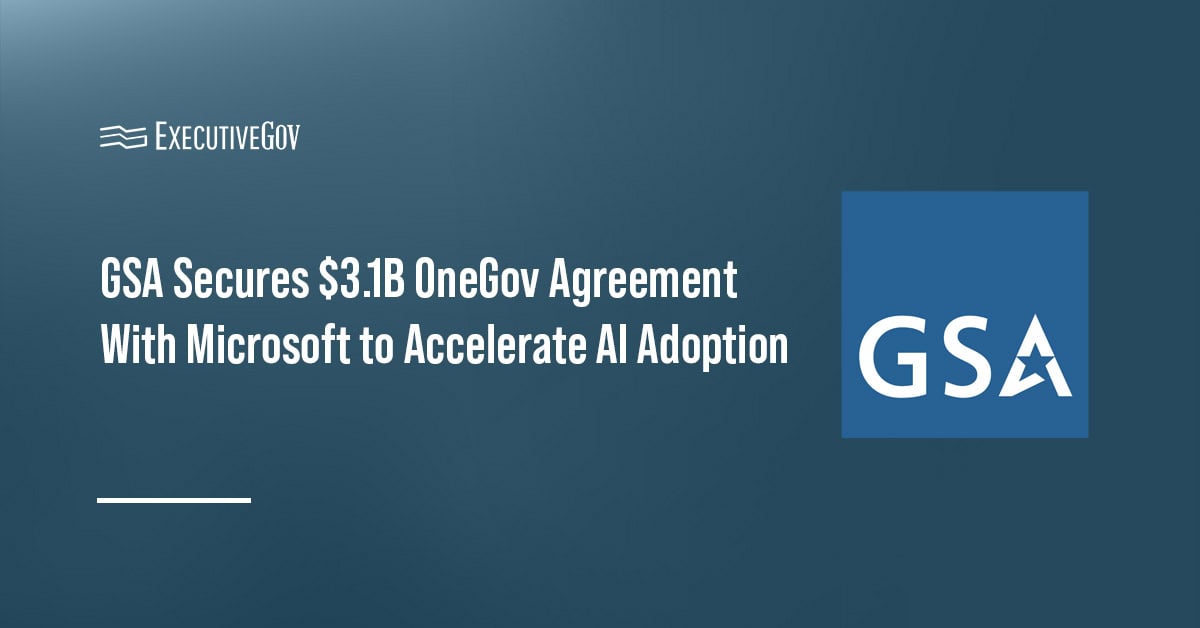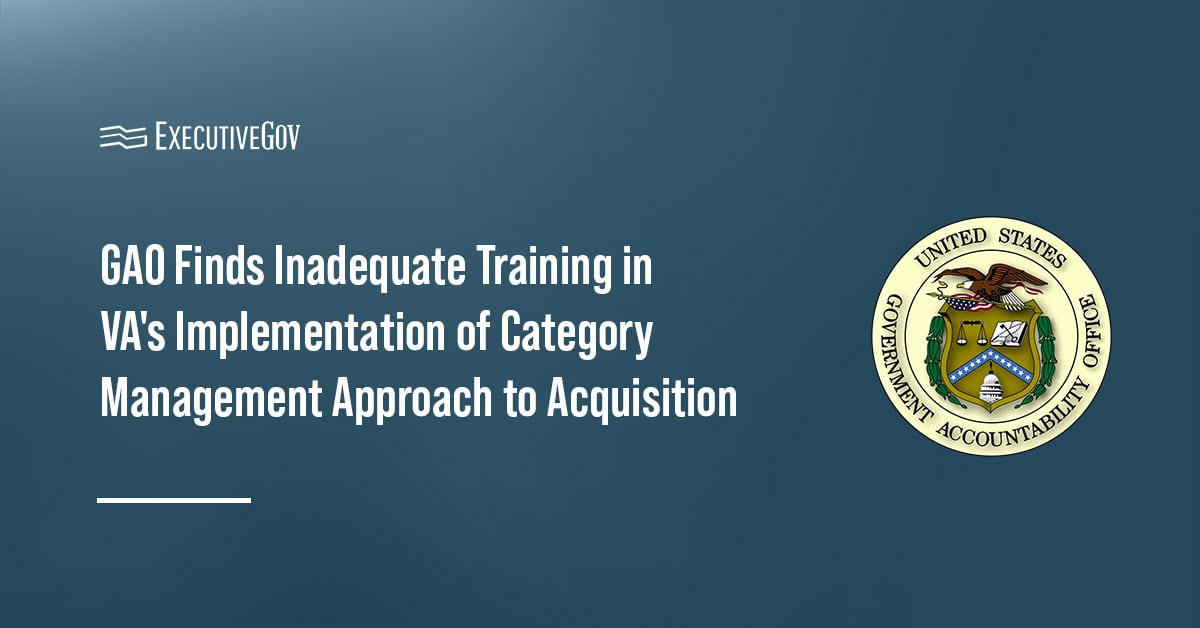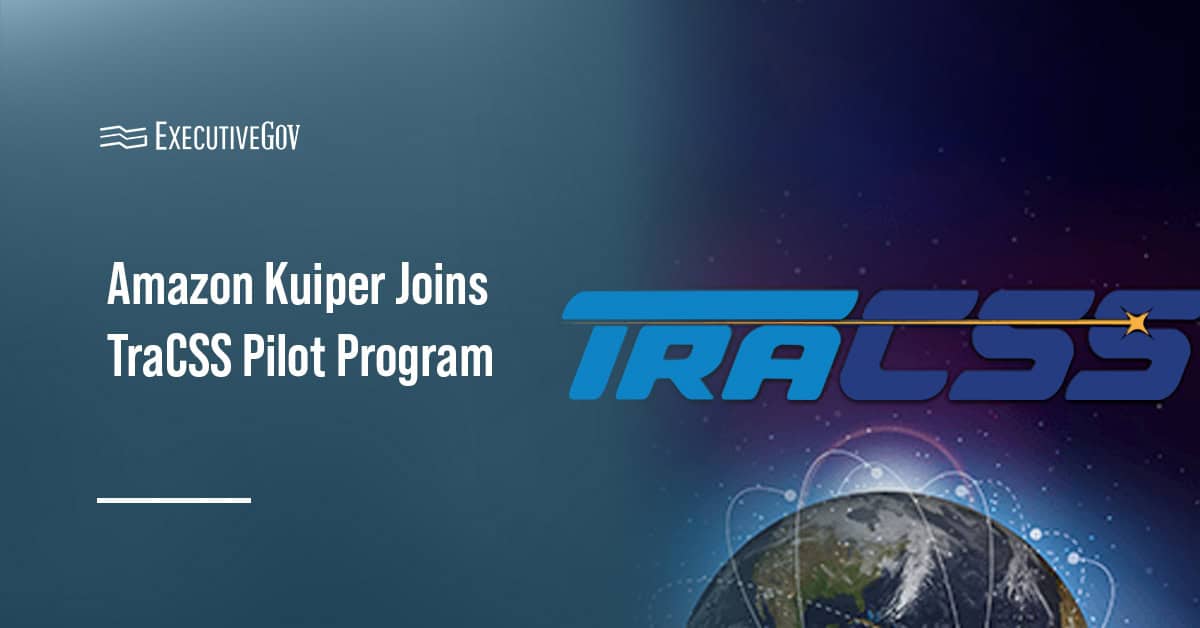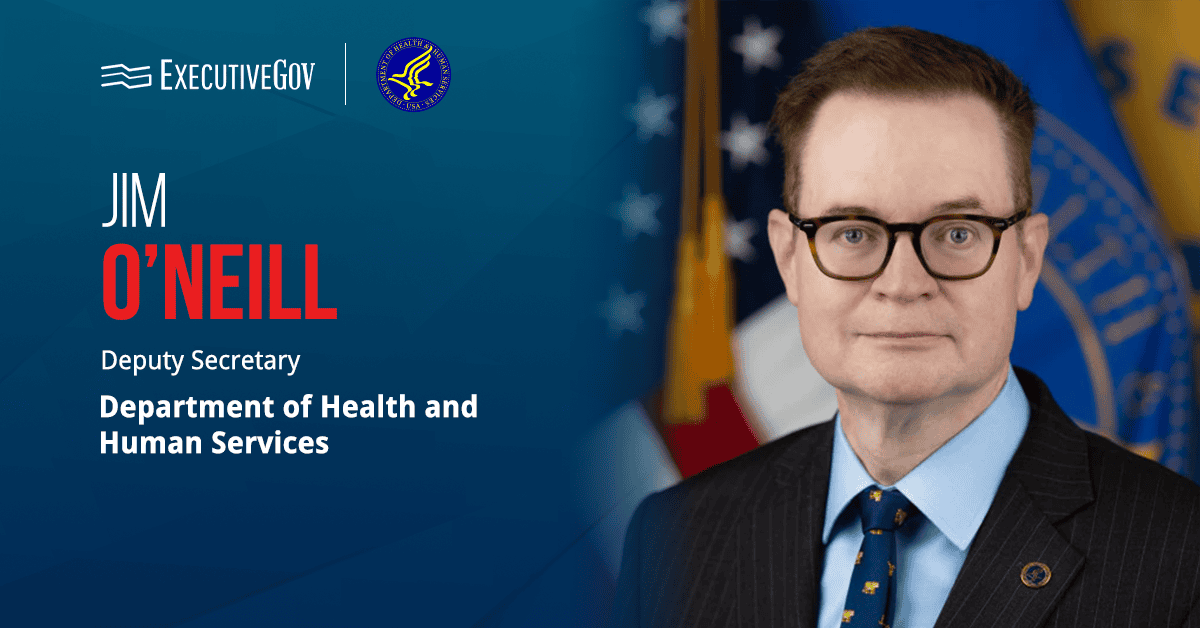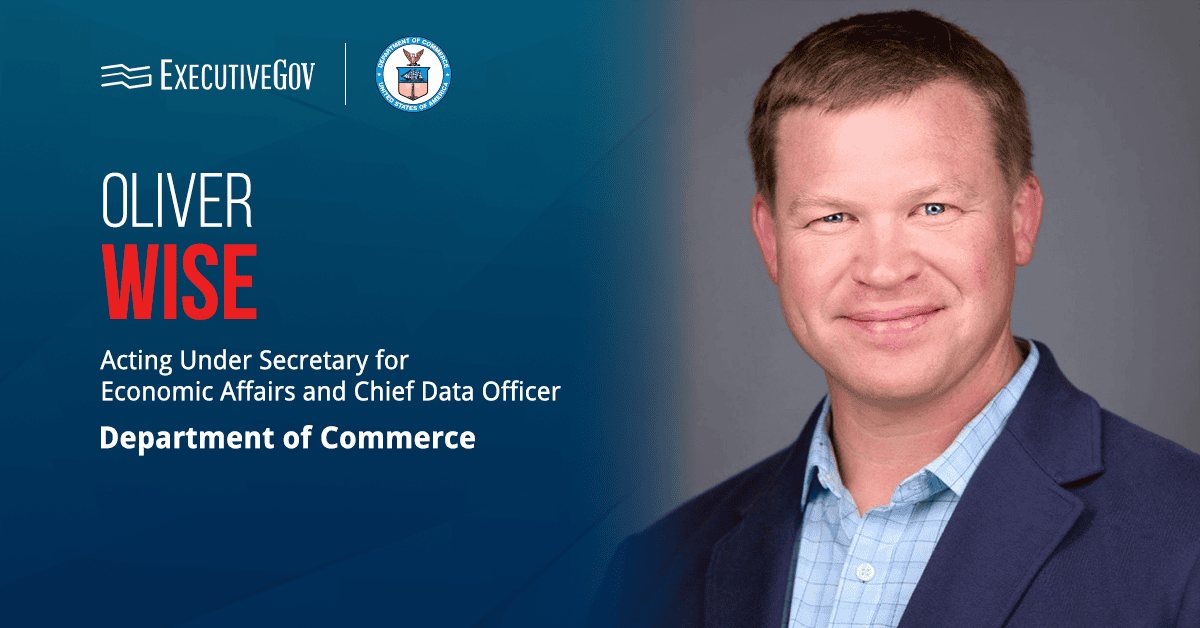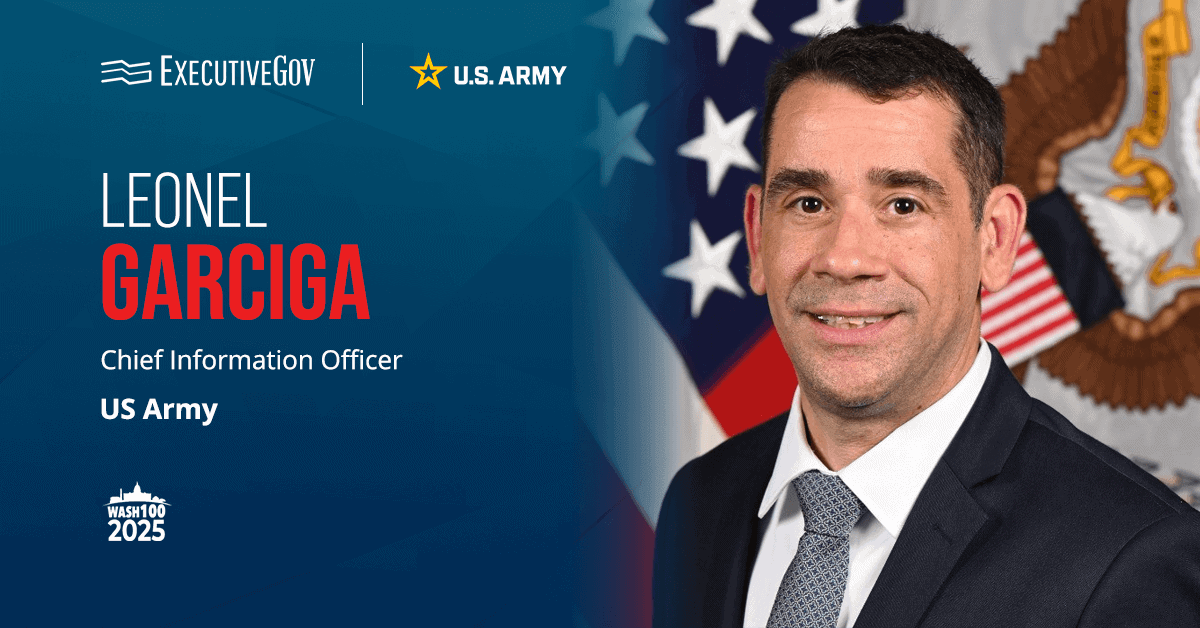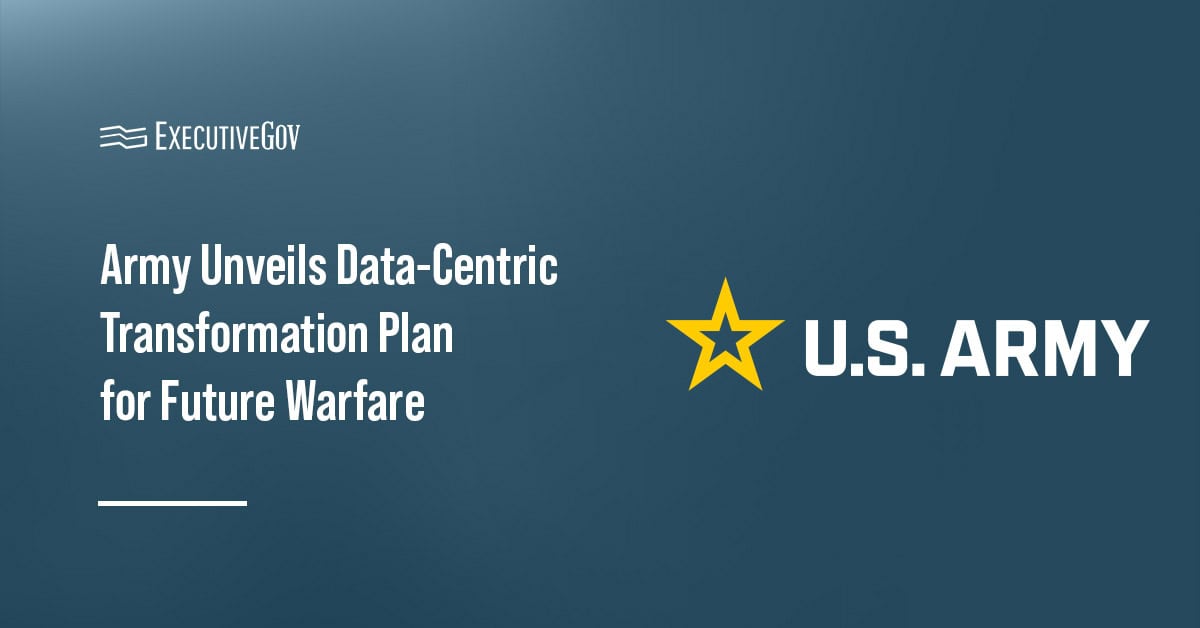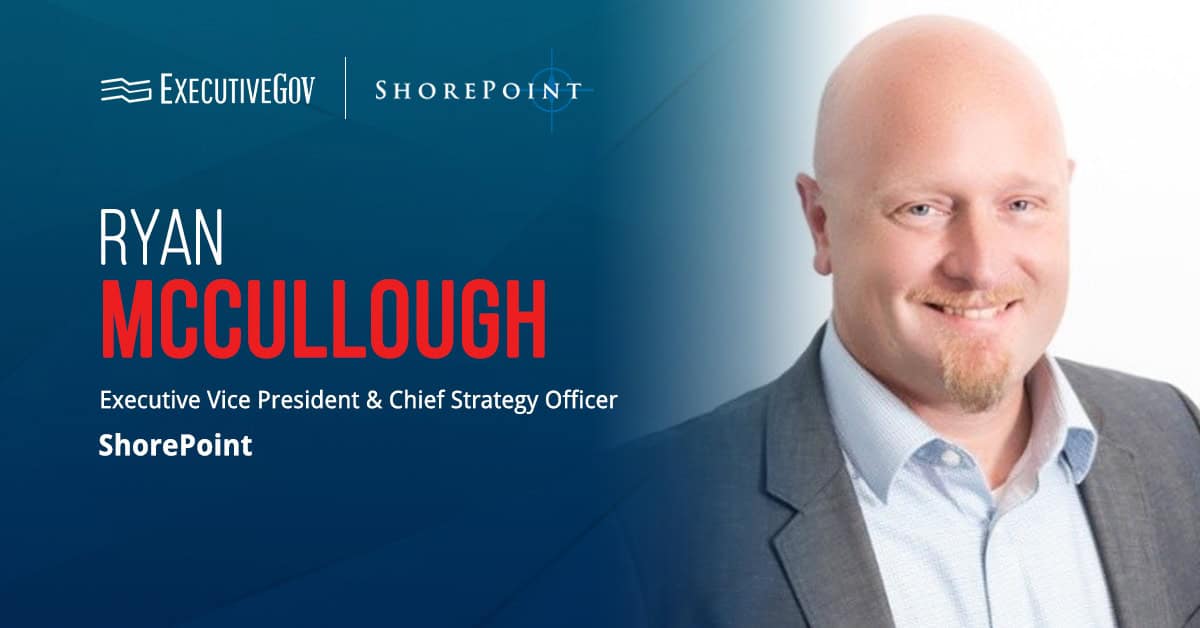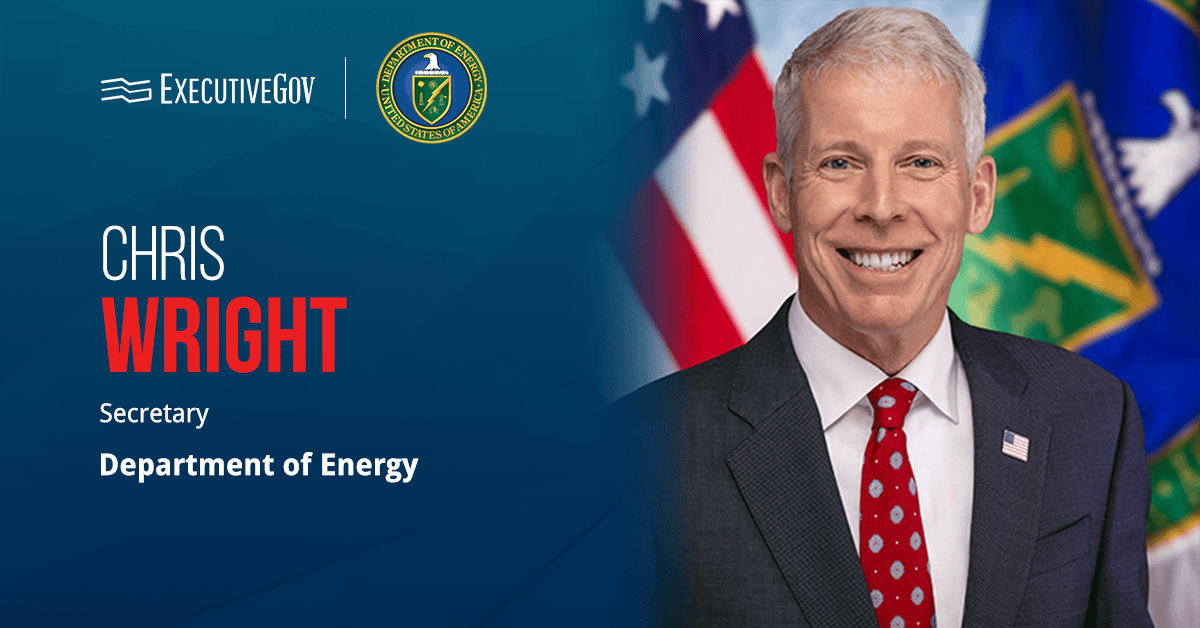The U.S. General Services Administration announced a multibillion-dollar OneGov agreement with Microsoft, delivering steep discounts on Microsoft 365, Copilot, Azure Cloud Services and other technologies. The partnership is expected to generate $3.1 billion in savings for agencies in the first year, GSA said Tuesday.
Federal Acquisition Service Commissioner Josh Gruenbaum, a 2025 Wash100 Award recipient, called the agreement a “paradigm shift in federal procurement,” consolidating demand across agencies to achieve significant cost savings. “GSA is accelerating access to AI for federal agencies and delivering on the President’s AI Action Plan,” he said. “We appreciate Microsoft’s partnership in this modernization and its commitment toward an interoperable digital federal ecosystem.”
Expanding Access to AI Tools
As part of the agreement, the new U.S. government-exclusive Microsoft 365 + Copilot Suite will be offered at no cost for a year to G5 customers, with additional discounts for subsequent years. Agencies can also access reduced pricing for Dynamics 365, Azure Monitoring, Microsoft Sentinel and Entra ID Governance, along with implementation and adoption workshops.
GSA Deputy Administrator Stephen Ehikian said the agreement supports the Trump administration’s push for wider adoption of artificial intelligence across federal agencies.
According to Chris Barry, corporate vice president for U.S. Public Sector Industries, Microsoft is committed to providing federal agencies with the tools they need to harness AI “to advance the public good.”
The agreement, which agencies can opt into through September 2026, is expected to strengthen government efforts to improve operational efficiency, decision-making and citizen services while lowering costs.


